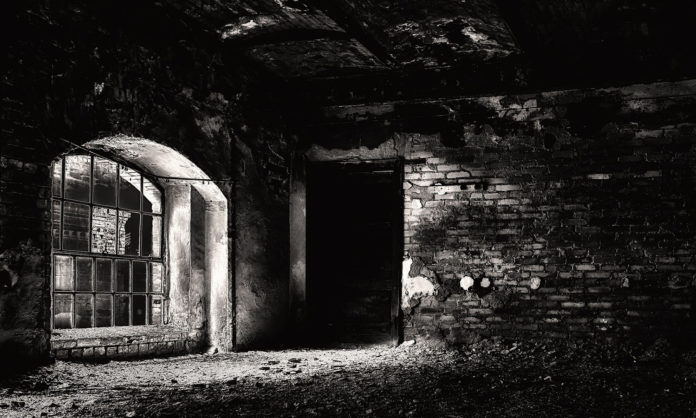In a post on CrimeReads, Margot Harrison examines why caves, basements, and other hidey holes are so effective in suspense fiction.
“I don’t need a psychoanalyst to tell me that caves, basements, and crawl spaces are our ways of visualizing the dark places within our own minds,” Harrison says. “Basement dungeons are, of course, a mainstay of serial killer tales. But even when nobody gets locked up in the dark spaces, they can cast an eerie pall over an entire story.”
These locations represent what our characters want to hide, often – but not always – a dead body (ie: guilt). “In so many thrillers, caves and similar spaces are where monsters hide,” Harrison says. “To kill the monsters, though, the heroes of these novels typically must explore their own dark places.” Like the mind of your killer – and perhaps your protagonist – these fictional hiding places are often scattered with garbage, junk that provides clues to the solution.
Harrison believes all readers of dark fiction are secret spelunkers. “We can appreciate the well-lighted upper rooms in the house of literature, but we’re inexorably drawn to the cellars, where we discover the unsavory history on which the house was built,” she says. “Maybe we want to slay the monsters that live down there; maybe we’re just morbidly curious. But for us, the dark, chill, and isolation of a cave aren’t bugs. They’re features.”












